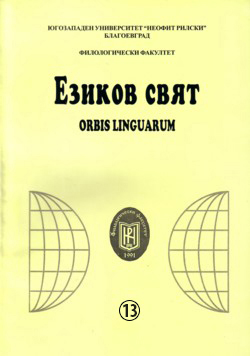
We kindly inform you that, as long as the subject affiliation of our 300.000+ articles is in progress, you might get unsufficient or no results on your third level or second level search. In this case, please broaden your search criteria.

My thesis is that, in his drama Boris Godunov, Pushkin did not work solely on the Time of Troubles, but having chosen events that happened around 1600 he opened up the older issues that shaped them. Namely this concerns the polarization that occurred after the Council of Florence (1439). Although this council confirmed cultural plurality and recognized both Latin and Byzantine ritual practices and wordings of the Creed as valid, it was rejected during the reign of Muscovite Grand Duke Basil II, the Blind.
More...
The article discusses possible interpretational approaches towards literary texts that cross the borders of the printed page and enter either public or virtual space in the forms of gallery installations, public performances and various genres of electronic literature. It argues that a very ambitious and highly interesting experiment is being pursued in the dynamic area of in-between – a transmedia dimension which generates artefacts that tackle recipients’ visual,aural as well as haptic experience. The author discusses several methodological approaches which can be used to study this kind of artistic utterance and attempts to present and interpret several works that represent transmedia artefacts.
More...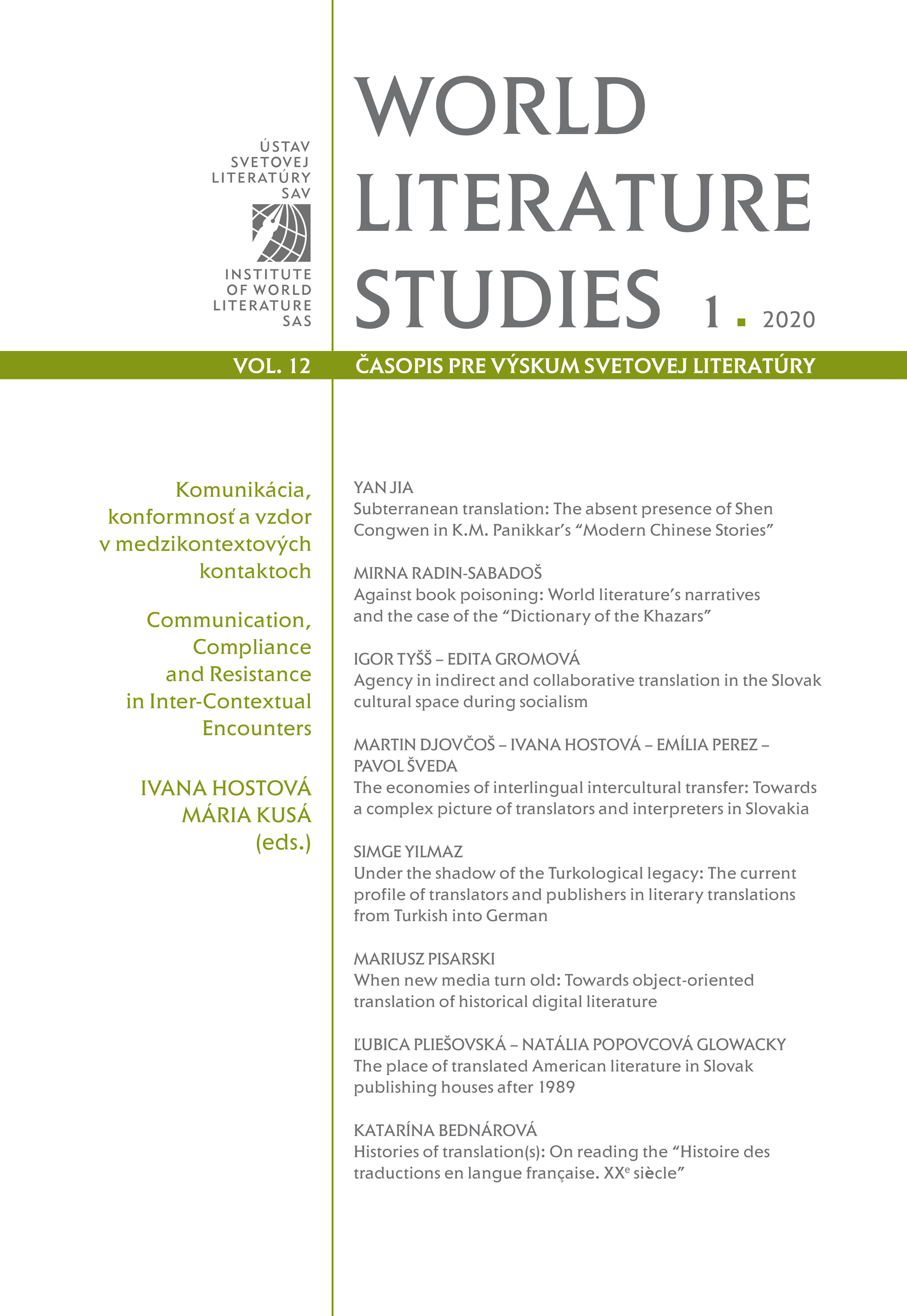
Libuša Vajdová: Antoine Chalvin – Jean-Léon Muller – Katre Talviste – Marie Vrinat-Nikolov (eds): Histoire de la traduction littéraire en Europe médiane. Des origines à 1989 [The History of LiteraryTranslation in Central Europe. From Its Origins to 1989]; Anton Eliáš: Ivana Kupková – Zbyněk Fišer et al.: Jiří Levý: zakladatel československé translatologie [Jiří Levý: The Founder of Czechoslovak Translation Studies]; Matej Laš: Vladimír Biloveský – Ivan Šuša: Banskobystrické myslenie o preklade a tlmočení [Thinkingon Translation and Interpreting in Banská Bystrica]; Edita Gromová: Andrej Zahorák: Intercultural Aspect in Translation and Reception of Precedent Phenomena; Jakub Kapičiak: Gerald Janecek (ed.): Staging the Image: Dmitry Prigov as Artist and Writer
More...
Review of: Ben Hutchinson: Comparative Literature. A Very Short Introduction, Oxford: Oxford University Press, 2018. xviii + 140 pp. ISBN 978-0-19-880727-8 Charles Sabatos: Frontier Orientalism and the Turkish Image in Central European Literature, Lanham, MD: Lexington Books, 2020. 183 pp. ISBN 978-1-7936-1487-2 Louis Breger: Dostojevskij. Autor ako psychoanalytik, Prel. Barbora Al Zafari. Bratislava: Vydavateľstvo F, Pro mente sana, 2019. 303 s. ISBN 978-80-88952-99-2; Tomáš Horváth: Medzi invariantom a idiolektom. Detektív, dobrodružstvo, des, Bratislava: Veda, vydavateľstvo SAV, 2020. 432 s. ISBN 978-80-224-1799-0 Mariana Čechová: Ikonizácia pádu a vzostupu (v arcinaratívoch Popoluškinho typu), Bratislava: Veda, vydavateľstvo SAV, 2019. 232 s. ISBN 978-80-224-1793-8
More...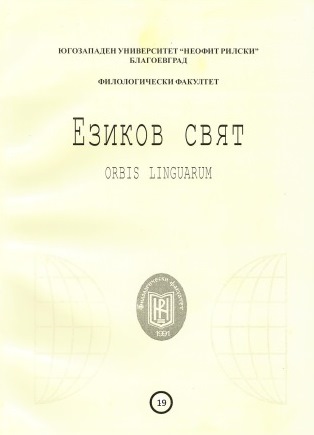
The article, which deals with the novel “Shining Clouds” by K.G. Paustovsky, reveals the individual author’s specificity of coloristic perception and visualization of the character’s space, which is significant for K. Paustovsky’s romantic worldview. As the coloristic portrait of the characters in the novel is created mainly on the basis of somatic and vestial descriptions, the specificity of the author’s coloristic explication of the somatic and vestial space of the novel is subsequently presented. The main results of the research are 1) a list of somatisms and vestonyms functioning in the novel is provided, as well as the number of their word usage; 2) a list of somatisms and vestonyms correlating with the terms of color is compiled; 3) the color range used by the writer to create somatic and vestial descriptions is defined; 4) the dominance of the somatisms face, eyes, hair in the coloristic representation of the somatic code is established; 5) the specifics of their individual author’s coloristic visualization and their functional potential is described; 6) the color dominant of the vestial code is found and its functionality is revealed; 7) the unique features of K. Paustovsky’s color style of writing, identified in the coloristic visualization of the somatic and vestial space of the novel, are described; 8) the conclusion about the significance of characters’ color portraits for the reconstruction of the writer’s linguistic picture of the world is drawn.
More...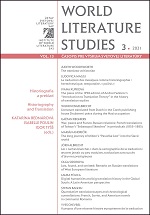
French translations of Tolstoy’s Crimean war prose (published in periodicals between 1855 and 1885) were designed to reflect the dominant discourse of the era. These translations of the Sebastopol Sketches reveal a pattern of engaging with the topicality in this period, ranging from an act of soft diplomacy to the amplification of the Russophile noise of the 1880s. This article proposes a context-driven approach to reconstruct the discourse (often only implied). An analysis of macrostructural equivalence shows a pattern of (de)selecting practices similar to processes used in contemporary mass-media: adding sentences, using paraphrases or interjections to smoothen transitions, restructuring plot elements, and highlighting distinct features.
More...
This article analyses the letters of Inna Lisnianska and Elena Makarova, published in 2017 in the book Имя разлуки. Makarova and Lisnianskaya’s correspondence covers a remarkable moment in the history of Russia and Russian emigration, when censorship and self-censorship receded into the background. It is a testimony of great factual and literary value. The publication Имя разлуки is not only a treasure trove of knowledge about the creative biography of female authors of letters, social, political, literary and cultural life after the collapse of the Soviet empire, but, importantly, proof that it was possible in Russia to save good epistolary models and restore the importance of the genre of letters in literature.
More...
The article investigates the Diaspora theme in Appendix, the debut novel by the poet Alexandra Petrova. Published in 2016, Appendix was awarded the Andrei Belyi Prize the same year. It is a novel with a complex structure and plot, a multitude of narrative lines, and a rich, erudite system of quotations. The main theme is the troubled condition of the “Other”, an immigrant, outsider who finds himself in an unknown foreign city, in this case it is Rome, which itself was founded by a “stranger”. Petrova takes up the Virgilian theme of Aeneas as an explicit reference to the fate of the Trojan hero as an image of immigrants Rome. Petrova is one of the voices of the new Russia Abroad even though she remains in many ways a voice on the threshold.
More...
The essay aims to rethink the concept of memory and its application in O. Mandelstam’s work. The term ‘culture’ is also questioned and it is substituted by the term ‘civilisation’. The author emphasises the role of the eyewitness, which forms a ground for the evocation of ancient culture / civilisation. The essay is divided into four parts: the first briefly summarises the state of research on memory in Mandelstam, the second analyses the theme of Crimea in relation to memory, the third part describes Mandelstam’s poetic Crimean landscape, and the fourth part analyses three texts as an example of ciphered eyewitness account.
More...
This paper explores the evolution of the terms “system” and “structure” as applied to literature and art by Russian formalists (Yuri Tynianov) and (para)formalist phenomenologists (Gustav Shpet), and subsequent structuralist theorists in Prague (Roman Jakobson, Jan Mukařovský) and Tartu (Juri Lotman) from the 1920s to the 1980s. Initially favoured by Petrograd formalists, the term “system” gradually shared space with “structure”, introduced by Shpet in 1923 and embraced by his followers at the Moscow Linguistic Circle and the State Academy of Artistic Sciences. In 1928, Jakobson, collaborating with Tynianov in Prague, adopted both terms as synonyms but eschewed “system” in his post-1929 works. For Mukařovský, the relations between the elements in a structure create dialectic contradictions. These shifts paved the way for Lotman’s “metaleptic conversion” of system and structure. On the one hand, according to Lotman, each structure (= text) is a realization of more than one system (= language); on the other hand, a structure (= text) birthed from a system (= language) transmutes into a system in itself, consequently giving rise to new structures (= texts).
More...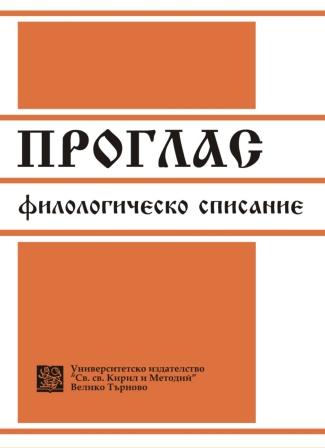
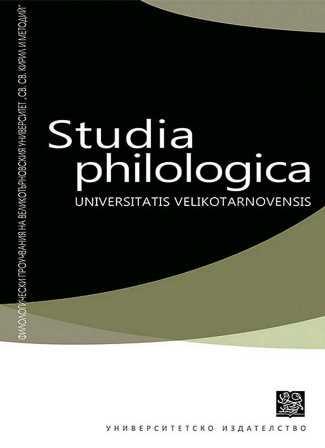
The paper focuses on the Soviet Union as presented in Bulgarian interwar travelogues – Nikola Iliev’s Kakvo Vidyah v Savetska Rusia: Istinski Razkaz (What I Saw in Soviet Russia: A True Story) (1921), P. Stoyanov’s Istinata za Ruskia Bolshevizam (The Truth about Russian Bolshevism) (1921), Ivan Abadzhiev’s Prez Velikite Karvavi Dni na Rusia (During the Great Bloody Days of Russia) (1929), and Boris Dimitrov’s Na Iztok – Vsichko Novo! S.S.S.R.: Vpechatlenia i Razmishlenia (To the East – Everything New! U.S.S.R.: Impressions and Reflections) (1941). The country is depicted in these travelogues as a totalitarian “hell” – an enclosed society isolated from the outside world. Moreover, it is governed by means of repression and terror, with the intention to subjugate not only the bodies, but also the minds of its people. The Soviet citizens described by those Bulgarian writers not only find themselves deprived of basic human rights and civil liberties, but also their existence is reduced to the level of survival amid everyday restrictions and poverty, as well as fear of an omnipresent and threatening police aggression.
More...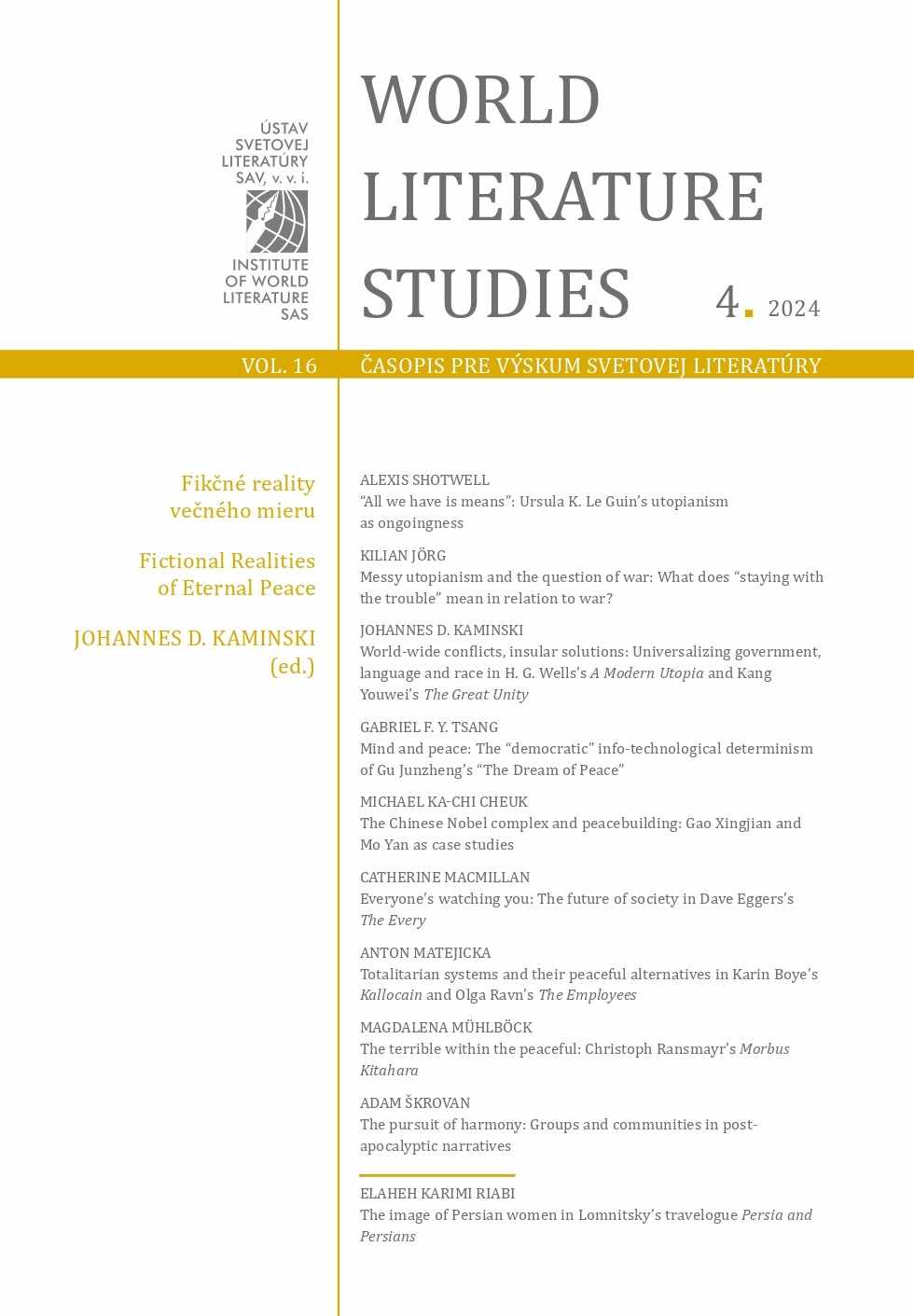
The article analyzes the portrayal of Persian women in the 19th-century literary travelogues using an imagological approach. The study aims to critically examine the colonial discourse employed by Stanislav Yulyevic Lomnitsky (1854–1916) in his 1901 travelogue, Persia and Persians, which establishes Persia and the Persians as the “other” in contrast to the Russian “self ”. Moreover, it delves into how Lomnitsky’s work frames the East from the perspective of the West. By shedding light on these perspectives, the research provides a critical examination of Lomnitsky’ s colonial discourse within the context of Persia, offering insights into the interplay between cultures.
More...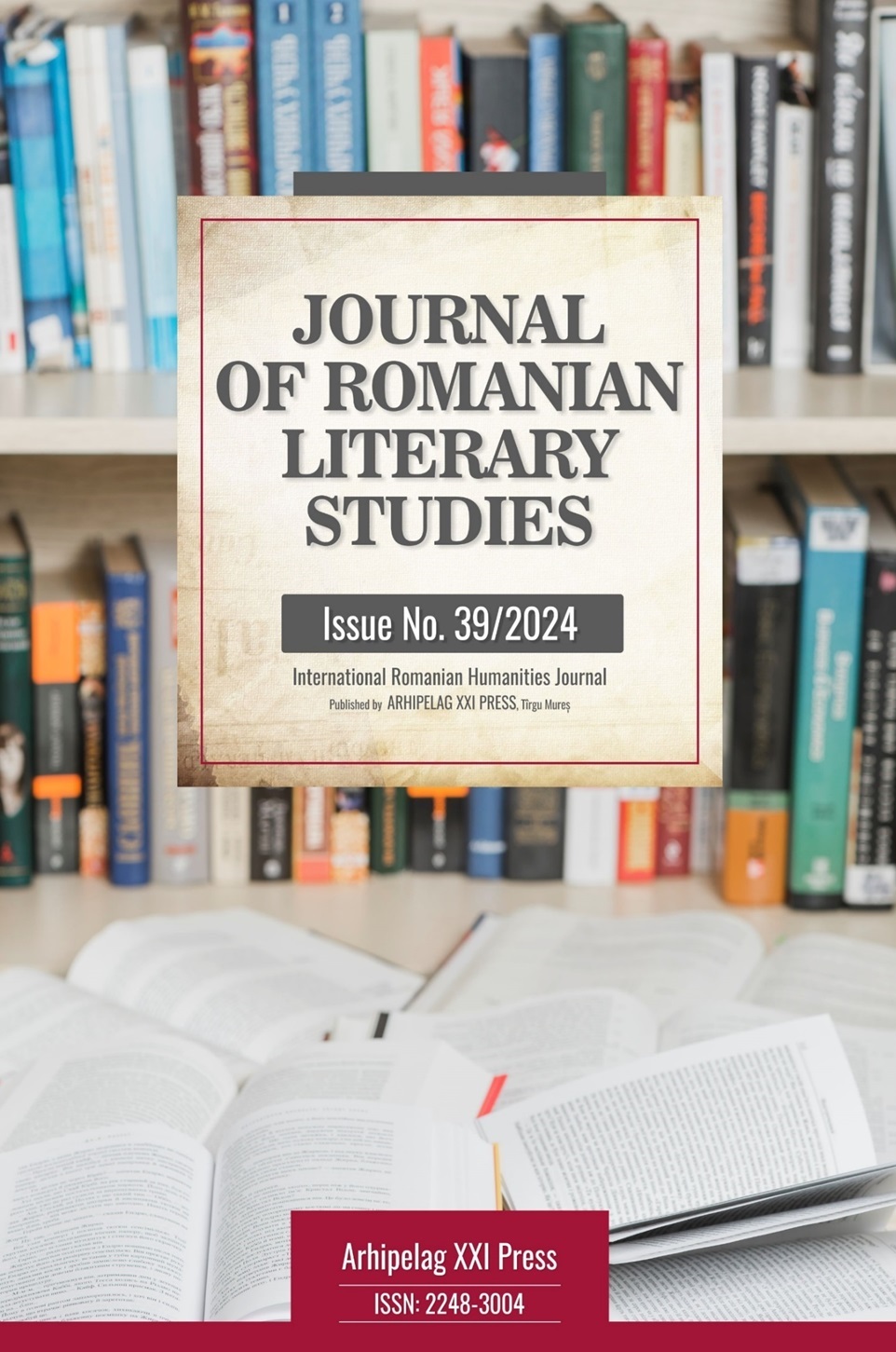
The work brings to analysis the human degradation, taking as an example the works of the writers Urmuz and F.M. Dostoevsky. The focus is on the causes that led to man's decay and loss of happiness. The work highlights the actuality of the works of the two writers Circumstances through which temptation occurs in the lives of the characters are presented. The great power of thought is presented, which can raise or destroy a man. The paper analyzes in turn the work ,,Funnel and Stamate" by Urmuz and ,,Crime and Punishment” by Dostoevsky mentioning the different elements. After specifying the causes of dehumanization, the work refers to the Bible, which describes how a man is truly happy in the Sermon on the Mount. The focus is on the evolution of the characters Raskolnikov Rodion Romanovich and Stamate. Raskolnikov Rodion Romanovich finally succeeds through faith in the Lord Jesus Christ to find eternal happiness, and Stamate separated from God has a tragic end. In conclusion, Urmuz and F.M. Dostoevsky meticulously captures human decay, but also the channels through which the state of decrepitude is reached. If in Urmuz's writings the end is disastrous, in Dostoevsky the focus is precisely on the salvation of man, on the reconciliation between man and God, which brings with it happiness, eternal life and reward. Analyzed in parallel, the works of the two well-known writers are of real use to readers, who can learn from the lives of the characters and, seeing their purpose, be able to make an informed decision about their own life.
More...
U svojoj knjizi o Dostojevskom Rowan Williams predlaže jedno radikalno novo (barem koliko ja znam) tumačenje Idiota: nasuprot uvriježenog tumačenja prema kojem se princ Miškin, junak ovog romana, "idiot", smatra osobom svetačke ljubavi i dobrote, "pozitivno dobrim i lijepim čovjekom", kako ga sam Dostojevski karakterizira, osobom za koju je stvarni svijet brutalne igre moći i strasti pretežak, pa se on na koncu povlači u sigurnost ludila – nasuprot ovom standardnom tumačenju, Williams Miškina smatra okom oluje: da, dobra svetačka osoba, ali osoba koja upravo stoga oko sebe izaziva kaos i smrt. Upravo zbog njega, zbog uloge koju igra u složenoj mreži odnosa oko njega, Rogožin ubija Nastasju Filipovnu.
More...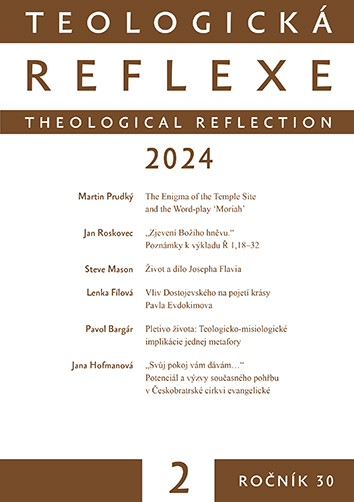
The paper examines the influence of the novelist Fyodor Dostoevsky (1821–1881) on the concept of beauty of the post-revolutionary Russian emigrant, Orthodox lay theologian living and working in France, Paul Evdokimov (1901–1970). First, Dostoyevsky is viewed in the context of Evdokimov’s education, which played a crucial part in his interpretation of Dostoyevsky’s texts. Next comes an analysis of texts on beauty from Dostoyevsky’s novels selected by Evdokimov to highlight the key themes Evdokimov chooses in relation to beauty. More specifically, the article traces both authors’ understanding of the beauty of creation. The ideas reflected by Evdokimov are then compared with his theology of beauty, as presented in his seminal book, which, in addition to the theology of beauty, deals with the art of the icon. The conclusion of the article brings an assessment of Dostoyevsky’s influence on Evdokimov’s understanding of beauty.
More...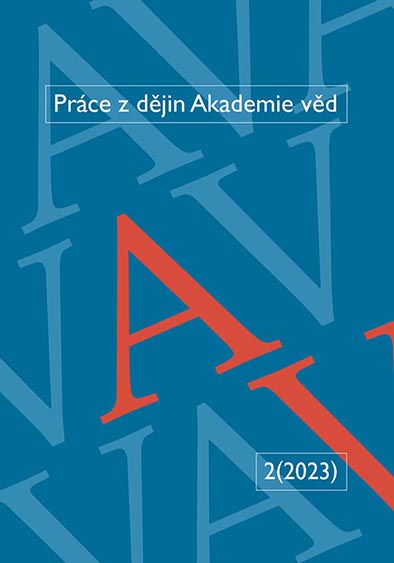
This study and the accompanying edition of three articles from 1927–1928 is a contribution to the history of Russian and Ukrainian émigré scholarship and to the history of discussions about the specifics and independent development of Ukrainian science and culture, as well as a contribution to the history of interwar Eurasianism. The authors of the articles and the main figures in this controversy were the well-known Russian linguist Nikolai Trubetzkoy (1890–1938), the founder of Eurasianism, and the Ukrainian historian Dmytro Doroshenko (1882–1951). The introductory study outlines the historical context of the controversy, its main ideas and roots, and its key protagonists. The last part of the introductory study shows the second life of the polemic and highlights its relevance today.
More...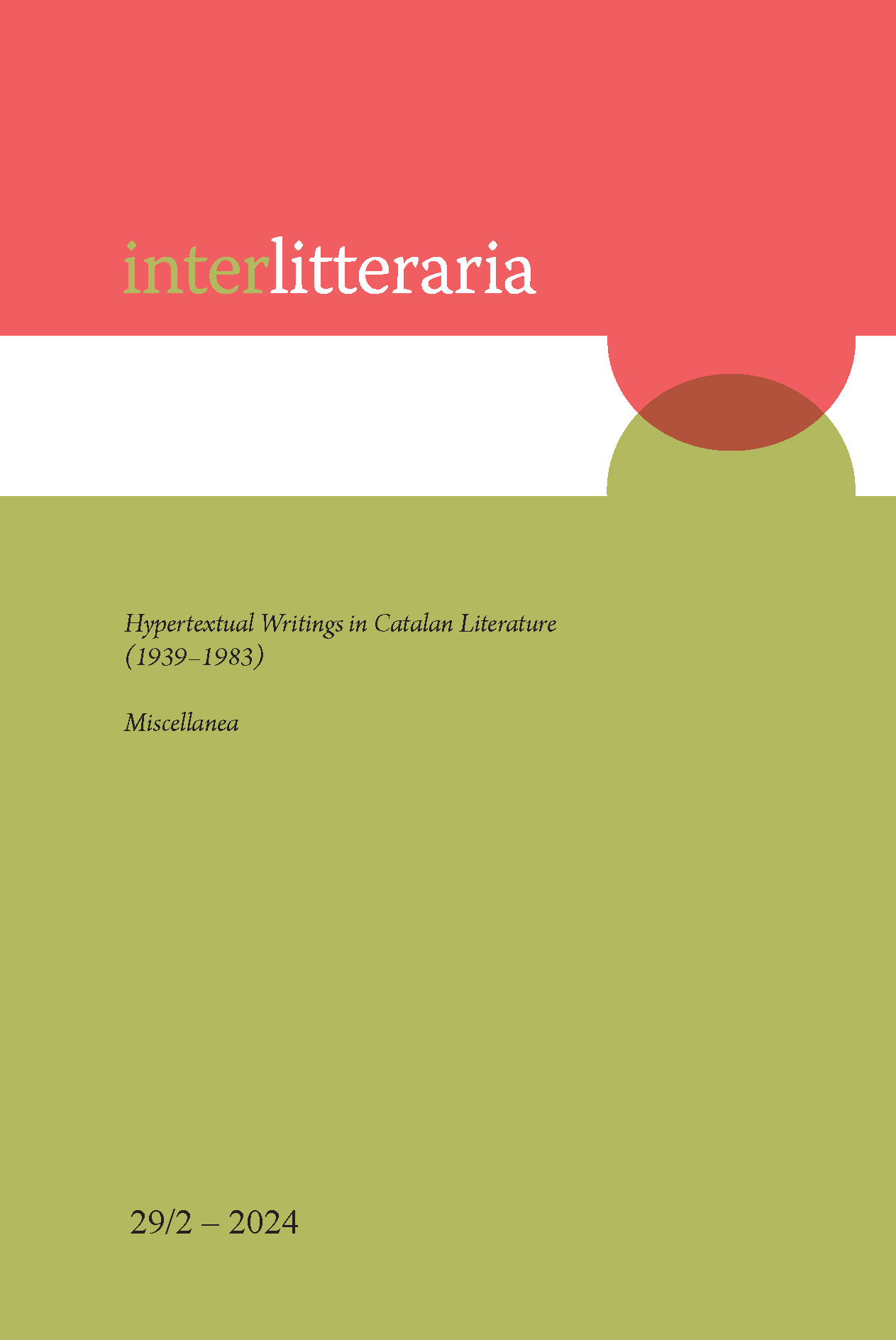
Melancholy and the Spatio-temporal Aspect of Identity in Le pion sur l’échiquier (The Pawn on the Chessboard) by Irène Némirovsky. After the age of doubt enshrouding human subjectivity during the postmodern period, the question of the subject is back on the table. However, the return of the subject is not unproblematic. The subject today carries the traces of its earlier problematisation. Much less disengaged and much more contextual, the subject needs a revalidation that would avoid modernist dogmatism and postmodernist nihilism. The narrative mode of understanding is seen as having the potential to open up a middle way between the totalising exclusions of modernity and the nihilism of postmodernity. However, some voices have pointed to the totalising tendencies of narrative theories, which place too much emphasis on integration and synthesis. These tendencies, it is believed, can be neutralised by theories that focus on the dialogical nature of the subject. This article offers a reading of the novel The Pawn on the Chessboard (Le pion sur l’échiquier) (1934), by Irène Némirovsky, as such, as the book offers a balanced model of the configuration of subjectivity by combining elements of the narrative configuration with dialogical ones. Némirovsky’s prose combines classical narrative with clear structure and linearity and an aesthetic marked by incompleteness, fragmentation and a tendency to avoid the strict limits of plot. Some of her stories are incomplete, uncertain, their endings false or non-endings, leaving the characters exactly where they have always been or leading to the dissolution of the characters’ identities. Paul Ricoeur’s theory of narrative identity, which focuses on unity and synthesis as the necessary prerequisite for the emergence of the sense of selfhood, and the concept of dialogical self developed by Mikhail Bakhtin, which favours incompleteness and openness, will be used to analyse the process of identity formation of the characters in The Pawn. The emphasis will be placed, in particular, on the spatio-temporal aspect of identity constitution of the characters, and on the effect of melancholy on this aspect. Melancholy, it will be argued, disrupts the characters’ normal flow of temporality, trapping them in the melancholic ‘absolute present’. However, this triggers new mechanisms for the formation of the characters’ identities and the composition of the novel. As these mechanisms are inscribed in the spatial dimension, space becomes an additional device, participating in the configuration of time in the novel and supporting composition where the structuring function of emplotment is weakened.
More...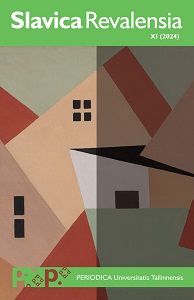
The article addresses a short (1923-1925) but at the same time extremely important period in the shaping of destinies of two Russian émigrés-artist and poet David Burliuk and journalist, prose writer and figure of the American film industry A. Vetluguin (Vladimir Ryndziun). What makes them alike is the very choice of the destination country (the US), which was uncommon for post-revolutionary refugees from Russia, and in the fact they worked for the same New York Russian newspaper. What sets them apart, however, is their different attitudes towards America, Americanism and their entirely polar answers to the question of whether to integrate into the American society or not.
More...